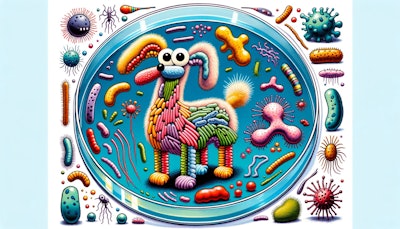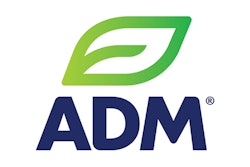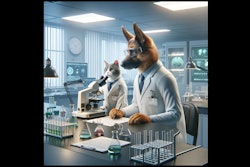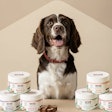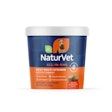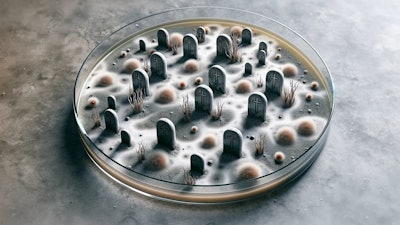
Although the bacteria are dead, postbiotics for pets may provide health benefits on par with their living cousins, probiotics. For example, postbiotics made from Lactobacillus plantarum may help keep dogs' teeth clean, and postbiotic Bifidobacterium animalis may boost digestive health. Postbiotics' passing away also benefits pet food makers.
Like the Norwegian Blue Parrot of Monty Python fame, a postbiotic is no more, has ceased to be and is bereft of life; it rests in peace. Being an ex-bacteria confers advantages though. Postbiotics are stable under harsh processing conditions, making them easier to incorporate into various pet products.
Scientists with human and pet food ingredient supplier ADM discussed the mortal differences between pro- and postbiotics. The researchers explored some of their research into postbiotics, along with how pet food and treat makers can incorporate those postbiotics into their products.
How do postbiotics differ from prebiotics and probiotics?
Various biotics, postbiotics, prebiotics and probiotics all confer health benefits to pets but differ in more than their prefixes.
“First of all, it's worth thinking about how they are similar,” Sophie Nixon, ADM’s head of clinical research on pet and animal well-being, told Petfood Industry. “We use the standard International Scientific Association of Probiotics and Prebiotics (ISAPP) definition, which is widely adopted. All three of these biotics—probiotics, prebiotics, and postbiotics—are similar in that they confer health benefits on the host. That's an important part of their function.”
However, postbiotics differ from probiotics in a matter of life and death. Probiotics are live, whereas postbiotics are inanimate microorganisms and their components. Heat treating often puts the post- in postbiotics, whereas probiotics require gentler treatment.
Prebiotics are neither living microbes nor their mortal remains. They are substrates used by host microorganisms. Although they are not microorganisms themselves, prebiotics are food for host microbes, she said.
“The way they differ in their action is also important,” she said. “Probiotics are expected to remain alive after they're ingested, continuing to metabolize and release metabolites. They can have effects through their physical presence, such as their cell walls, or by releasing metabolites or chemical messages. Postbiotics, because they are inanimate, exert their effects through their physical structure or any metabolites produced before they were inactivated.”
According to the ISAPP definitions, for a product to be considered a postbiotic, it should have some cellular content, she said. The substances released by those microorganisms would be considered “health-promoting metabolites.”
Fermented human cuisine, like kimchi and sauerkraut, appears on lists of postbiotics for humans. Are the foods themselves considered postbiotics? Or are postbiotics just the microorganism and their products specifically?
“Fermented foods can be a source of postbiotics,” Caitlin Donohue, global director of microbiome marketing in pet and animal well-being for for ADM, said. “We tend to revert back to the original definition of aligning with the term that refers to inanimate microorganisms that confer a health benefit to the host. These inanimate organisms can be found in human beverages like kombucha, which is probably one of the most popular postbiotic sources.”
Within the realm of pet food, product makers have a range of options for providing companion animals with postbiotics from traditional supplement formats such as capsules, powders and tablets, or new styles like soft chews and dental treats, she said.
“Additionally, the industry is applying these postbiotics to more novel pet products, driving future innovation,” Donohue said. “It will be interesting to see how the application of postbiotics evolves in the future.”
What are some postbiotics for dogs and cats?
“It's best to align with the AAFCO manual outlines and microorganisms that have been approved so that they're documented to be safe for dogs and cats,” Donohue said. “It's also wise to formulate with postbiotics that have been clinically studied to understand their specific effects on health. ADM’s microbiome solutions are backed by rigorous scientific evidence. We start with screening phases of the strains that are intentionally selected based on in vitro screening processes, then align to specific health effects. This process includes measuring the impact in a clinical setting to determine exactly how these postbiotics impact specific species. Examples of postbiotics include either single strains or a blend of strains targeted towards promoting health aspects such as oral health, metabolic health, weight management, and digestive health.”
Nixon discussed two examples of these postbiotics. The first was a postbiotic to support dogs’ oral health.
“One of the main ways of supporting oral health is controlling the plaque of biofilm,” she said. “We all know that we should be brushing our pets' teeth, but actually it’s quite difficult to implement in practice.”
A postbiotic could help keep plaque off dogs’ teeth without the chore of awkwardly brushing an unwilling canine’s canines. Nixon’s team at ADM developed a preclinical screening pipeline to search for biotics that are proven to support canine oral health. This resulted in an AAFCO-approved oral health postbiotic. This strain of Lactobacillus plantarum inhibited canine oral biofilm and reduced dental plaque in preclinical trials and clinical studies in dogs.
“This makes it one of the few solutions that is shown to support oral health in dogs without mechanical actions such as dental tooth or tooth brushing,” Nixon said.
Nixon also explored a postbiotic, BPL-1, made with a strain of the bacteria Bifidobacterium animalis subspecies lactis. In life, Bifidobacterium served as a popular probiotic used for gut health and immunity.
“We studied this in both its live and heat-treated form and found that both these forms of BPL-1 had similar effects,” she said. “The postbiotic seemed to be as effective as the live probiotic. We carried out a study in adult dogs at the University of Illinois with both live and heat-treated BPL-1. We found that it was safe and healthy for adult dogs. We found changes relating to digestive health and fecal short-chain fatty acids, as well as changes in the microbiome and functional metagenome compared to control animals."
How can postbiotics be added to pets diets?
Postbiotics are dead. Being deceased makes postbiotics easier to work with than living probiotics.
“This means that postbiotics are better able to withstand harsh formulating environments, like high temperature or high water content that we typically associate with pet food formulation or manufacturing. This means the oral health postbiotic can be easily incorporated into solutions supporting oral care."
In their study on oral health, Nixon’s team used a topper of the postbiotic. That resulted in relatively short contact time with dogs’ teeth, yet still they observed an effect. An oral health dog product formulated to be chewier or wrap around dogs’ teeth would improve the amount of time the postbiotic spent doing its job. The processing flexibility of the postbiotic makes it easier for formulators to find ways to incorporate them into dog food, treats and other products, she said.
